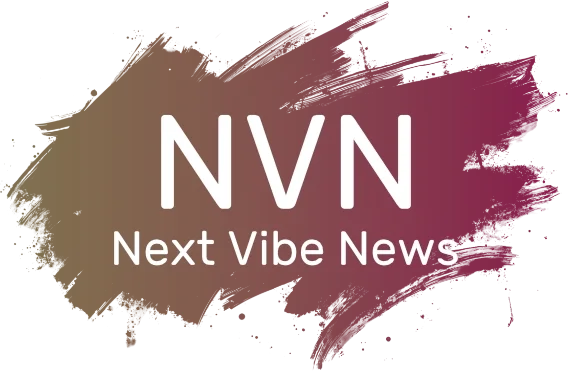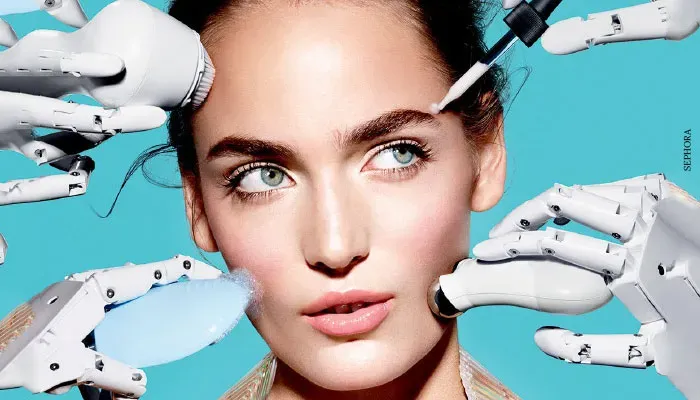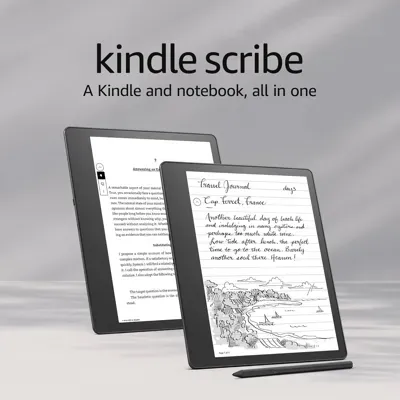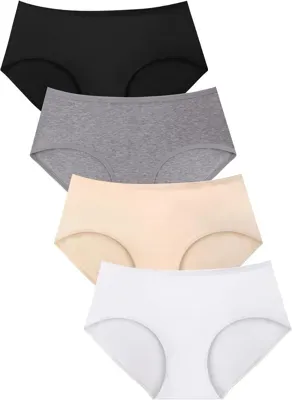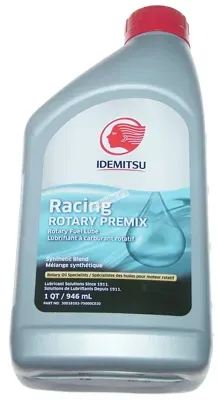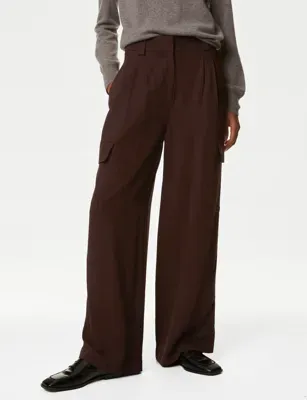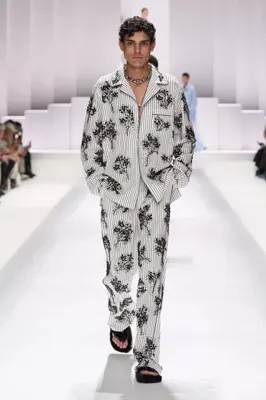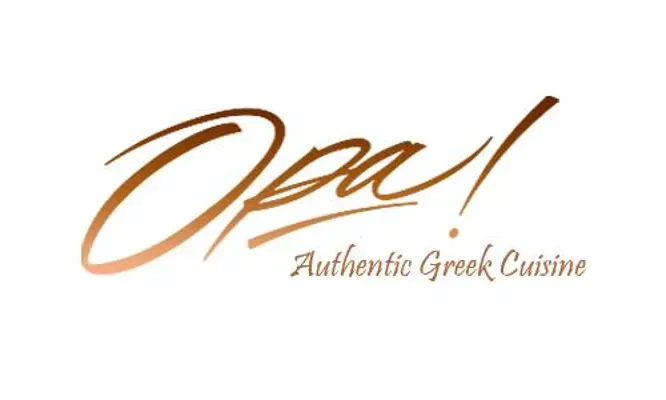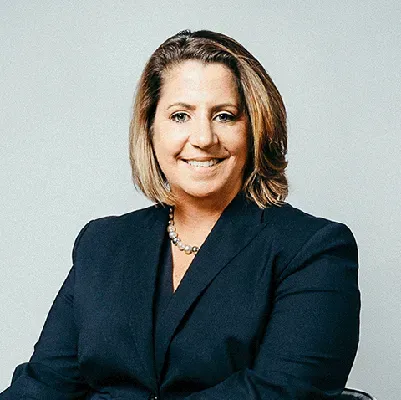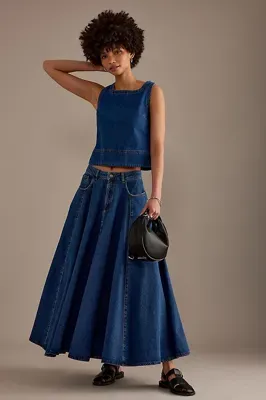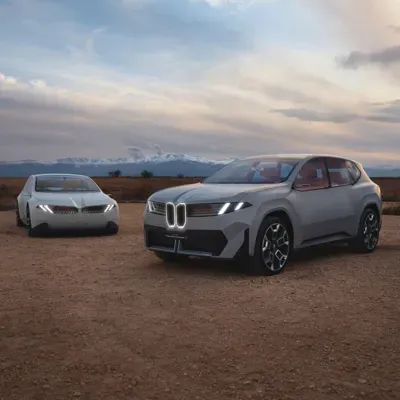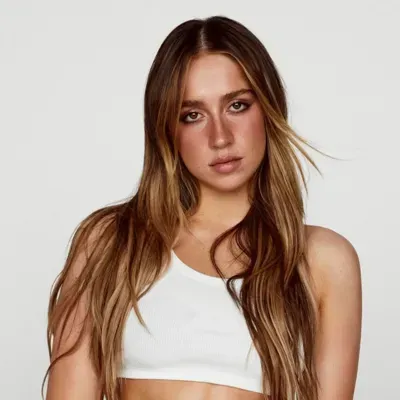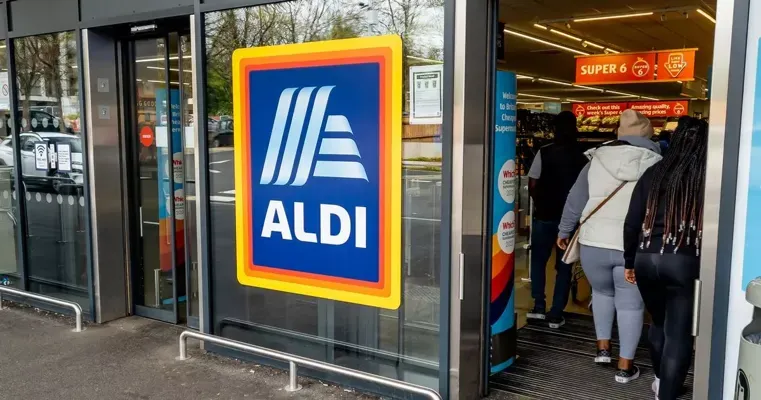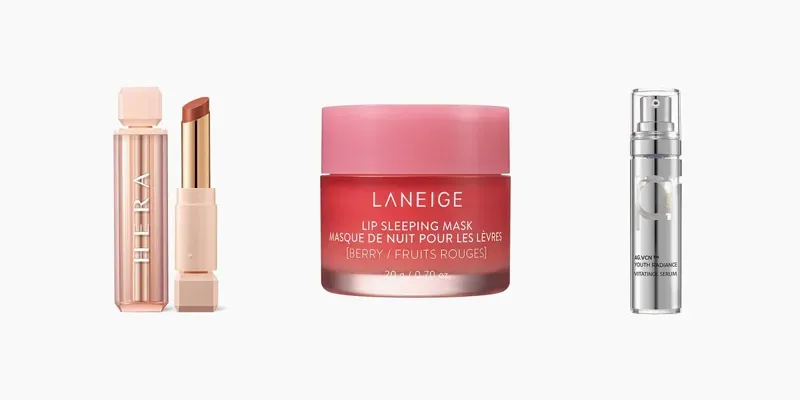In the rapidly evolving landscape of the beauty industry, beauty innovation stands at the forefront of transformation, as highlighted by L’Oréal technology expert Guive Balooch. With a keen eye on contemporary advancements, Balooch emphasizes the accelerated pace of innovation driven by biotechnology in beauty. Recent breakthroughs, such as the revolutionary AirLight Pro hair dryer and the innovative Cell BioPrint diagnostic tool, exemplify how the intersection of technology and sustainable beauty practices is reshaping consumer experiences. As the industry embraces AI and new approaches to skin health, beauty innovation is not just about aesthetics but also about enhancing the overall well-being of consumers. For beauty aficionados and industry insiders alike, staying abreast of beauty industry news is crucial to understanding the exciting future that lies ahead.
In the world of cosmetics and skincare, groundbreaking developments are continuously redefining what beauty means. The convergence of cutting-edge technologies and innovative practices, often referred to as advancements in the beauty sector, is leading to a significant shift in how products are formulated and experienced. Industry leaders like Guive Balooch are at the helm of this transformation, driving the agenda with an eye towards both consumer satisfaction and ecological responsibility. As new methodologies emerge, blending traditional beauty rituals with modern science and sustainable approaches, consumers are invited to explore a more meaningful relationship with their beauty routines. Through these progressive strides, the realm of personal care becomes an arena not only for innovation but also for fostering a healthier planet.
The Role of Guive Balooch in Beauty Innovation
Guive Balooch, as the global VP of tech and open innovation at L’Oréal, stands at the forefront of beauty innovation, driving transformative advancements within the industry. With over two decades of experience, Balooch has witnessed firsthand the rapid evolution of technology and its profound impact on consumer engagement and product development. His leadership has been pivotal in launching cutting-edge products like the AirLight Pro hair dryer and the Cell BioPrint skin diagnostic device. Each of these innovations reflects a commitment to enhancing user experience and meeting the demands of a discerning consumer base that increasingly seeks personalization in their beauty routines.
Balooch’s insights shed light on the importance of leveraging technology not just for cosmetic purposes but also for promoting sustainability. The tech leader emphasizes that innovations must be both efficient and eco-friendly, reflecting the growing consciousness among consumers regarding their environmental impact, especially concerning products like Color Sonic that cater to at-home hair coloring. By integrating biotechnology and sustainable practices, Balooch aims to ensure that the beauty innovations of today are both groundbreaking and responsible, paving the way for a more sustainable future in the beauty industry.
Biotechnology’s Influence on the Beauty Industry
The integration of biotechnology into beauty practices marks a revolutionary shift in how products are developed and utilized. Balooch emphasizes that the advancements in biotech are not just about enhancing aesthetics but are deeply intertwined with the science of skincare and haircare. By exploring the microbiome and focusing on ingredient development, companies are now able to create products that align closely with our biological needs. This means that consumers can expect more personalized skincare solutions, reflecting the current trends where users prioritize efficacy and sustainability in their beauty regimen.
Biotechnology in beauty also presents an opportunity to address the growing demand for clean and eco-friendly ingredients. The maturation of this field allows beauty brands to harness sustainable practices without compromising on quality. For instance, innovations such as vertical farming not only reduce the carbon footprint associated with ingredient sourcing but also ensure that high-quality, potent ingredients are utilized in formulations. Consumers are increasingly aware of the effects that their beauty products can have on the planet, driving a trend toward smarter, more responsible consumption that Balooch and his team are uniquely positioned to address.
Beyond ingredient sourcing, the rise of biotechnology has fostered collaborations between beauty companies and biotech firms, leading to unprecedented growth and development in the industry. Partnerships like L’Oréal’s investment in Timeline and Debut Biotech highlight a collective movement towards creating products that are not only innovative but also sustainable. By investing in and collaborating with forward-thinking biotech companies, Balooch believes that the beauty industry can move toward creating solutions that are both effective and environmentally conscious, aligning product development with contemporary consumer values.
Sustainable Beauty Practices in the Modern Era
The modern beauty landscape is increasingly characterized by a focus on sustainability, as brands strive to minimize their environmental impact while enhancing product performance. As noted by Balooch, consumers today are looking for beauty routines that align with sustainable practices — they want to make conscious choices without sacrificing quality or efficacy. Innovations like Water Saver, which aims to reduce water usage in salons, exemplify how technology can play a vital role in developing environmentally friendly practices within the beauty sector.
Sustainable beauty practices extend beyond just water conservation. They also encompass the use of responsibly sourced ingredients and eco-friendly packaging. The industry’s shift towards biotechnology plays a crucial role in this evolution, enabling brands to create products that are both high-performing and sustainable. Initiatives that prioritize vertical farming and sustainable ingredient sourcing reflect a commitment to reducing the carbon footprint associated with beauty products. As beauty consumers become more informed, they demand transparency and accountability from brands — a trend that Balooch and L’Oréal are actively responding to by embedding sustainability into the core of their innovations.
Consumer Preferences Shaping Beauty Innovations
Consumer preferences are rapidly evolving, becoming the driving force behind many of the recent innovations in the beauty industry. According to Balooch, the shift towards personalization and technology-enhanced beauty solutions marks a significant transformation in how products are developed and marketed. With tools like virtual try-ons and AI-driven recommendations, consumers today have the power to make informed decisions that cater to their individual needs and desires. This not only enhances customer satisfaction but also fosters a deeper connection between brands and consumers.
The rise in demand for transparency and efficacy is reshaping product development strategies across the beauty sector. Brands are now prioritizing research and transparency in their ingredient sourcing, thereby fostering trust among consumers. For example, the focus on improving the understanding of individual skin and hair types through diagnostic tools aligns perfectly with contemporary trends in personalized beauty. This shift is not just about aesthetic appeal but concerns the holistic well-being of customers, making innovations like Balooch’s 3D shu:brow technology a perfect reflection of the industry’s response to consumer needs.
Latest Trends in Beauty Industry News
The beauty industry is in a continual state of flux, driven by emerging trends and significant news that impacts various sectors within it. As discussed by reporters like Lexy Lebsack and Emily Jensen, high-profile launches and market shifts are key indicators of the industry’s growth and consumer interests. One noteworthy trend highlighted is the luxury market’s bold moves, such as the release of a limited-edition perfume by LVMH-owned Maison Francis Kurkdjian, demonstrating how exclusivity and prestige remain vital to attracting consumers. This focus on luxury also highlights shifts in consumer habits, with more individuals willing to invest in high-end beauty products that promise unique experiences.
In addition to luxury goods, the beauty sector faces challenges such as increased legal scrutiny over marketing practices, particularly around claims of products being “made in America.” As brands like Paula’s Choice and It’s a 10 are embroiled in lawsuits, the conversation around transparency and authenticity is becoming paramount. This scrutiny encourages brands to uphold their promises and reinforces the need for clear communication to consumers. With innovation and consumer trust at the core of successful business practices, the beauty industry must navigate these dynamics to thrive.
The Intersection of Wellness and Beauty
The conceptual boundary between beauty and wellness is increasingly blurring, as more consumers seek products that not only enhance appearance but also promote overall well-being. Balooch’s insights into this intersection reveal a growing trend where skincare and wellness practices are interconnected. This can be seen in the rising popularity of products that focus on the health of the skin microbiome, emphasizing that beauty is not merely skin deep but rather a holistic approach that considers internal health as well.
With the emphasis on wellness, beauty brands are exploring how lifestyle factors impact skin health and product efficacy. As consumers adopt a preventative mindset, they gravitate towards products that deliver long-term results rather than just immediate cosmetic fixes. This shift reflects a larger focus on self-care and mindfulness within beauty routines, both of which align perfectly with sustainable practices. Consequently, the wellness-beauty nexus encourages brands to adopt ingredients and processes that promote health, longevity, and responsible consumption. Innovations in biotechnology, as discussed by Balooch, facilitate this evolution by enabling brands to create better products that nourish the skin’s health.
Impact of AI on Beauty Product Development
Artificial intelligence is revolutionizing the way beauty products are developed, marketed, and consumed. Balooch highlights the role of AI in streamlining product formulation processes and personalizing consumer experiences. With sophisticated algorithms, brands can analyze consumer behavior and preferences, leading to more tailored product offerings. This technological integration not only improves customer satisfaction but also enhances brand loyalty, reinforcing the importance of data-driven strategies in the modern beauty landscape.
Furthermore, AI facilitates innovation by assisting in the rapid prototyping of products. With the ability to simulate and predict outcomes, brands can test various formulations before bringing them to market, saving time and resources. This approach is crucial in an industry that demands quick adaptation to consumer trends and evolving preferences. Balooch’s team is harnessing AI technology to redefine beauty concepts, allowing for the creation of groundbreaking products that resonate with modern consumers. As the beauty landscape continues to embrace AI, it will undoubtedly lead to more enhanced and inclusive beauty experiences.
Future Prospects of Beauty Innovations
Looking ahead, the future of beauty innovation appears bright, with numerous trends and technologies set to shape the industry’s trajectory. Balooch suggests that advancements in biotechnology and sustainable practices will be crucial in defining the next generation of beauty products. As brands continue to invest in research and development, we can expect a wealth of innovative solutions that prioritize both efficacy and environmental stewardship.
The ongoing interest in longevity and the overall well-being of consumers also indicates a shift towards products designed to enhance the quality of life. Balooch’s observations reflect a broader understanding that beauty transcends physical appearance, encapsulating the desire for a fulfilling, healthy existence. In this spirit, the beauty industry is moving towards a more comprehensive approach that integrates wellness, sustainability, and advanced science. This holistic perspective may lead to extraordinary breakthroughs that benefit not only consumers but the planet as well.
Frequently Asked Questions
What are some recent examples of beauty innovations introduced by L’Oréal?
L’Oréal has recently introduced several cutting-edge beauty innovations including the AirLight Pro, a light-powered hair dryer, and the Cell BioPrint, a skin diagnostic device. Other notable products are the Water Saver tool for salons, the Color Sonic home hair-coloring device, and the 3D printable eyebrow technology known as 3D shu:brow, showcasing L’Oréal’s commitment to integrating technology in the beauty industry.
How is biotechnology influencing beauty innovation?
Biotechnology is playing a crucial role in beauty innovation by enabling the development of advanced ingredients that are both effective and eco-friendly. Companies like Debut Biotech provide scalable, biotech-derived ingredients that enhance product performance. This shift towards biotechnology allows for sustainable beauty practices while meeting consumer demands for high-quality, clean beauty products.
What trends are driving beauty innovation according to Guive Balooch?
Guive Balooch highlights several key trends driving beauty innovation, including a focus on the skin’s microbiome, the desire for personalized products through technology, and an increased interest in longevity. Consumers are looking for solutions that not only address anti-aging but also promote overall well-being and sustainable practices within their beauty routines.
How does L’Oréal utilize AI in their beauty innovations?
L’Oréal utilizes AI to enhance beauty innovation by providing tools for virtual try-ons and product recommendations, allowing customers to evaluate products effectively before purchase. This technology helps eliminate guesswork in finding suitable beauty products, making the consumer experience more tailored and efficient.
What are sustainable beauty practices being adopted in the industry?
Sustainable beauty practices being adopted by the industry include the reduction of water usage in products, such as L’Oréal’s Water Saver, and the sourcing of ingredients through methods like vertical farming. This commitment to sustainability not only taps into the growing consumer demand for eco-friendly options but also ensures a positive impact on climate and ecosystems while maintaining beauty efficacy.
Why is there a renewed interest in longevity within beauty innovation?
There is a renewed interest in longevity within beauty innovation as consumers seek products that support health and vitality over time rather than just anti-aging solutions. This trend emphasizes the need for holistic well-being, merging ingredients from biotechnology to enhance skin vitality and overall quality of life, reflecting a shift in consumer preferences towards a more integrated approach to beauty.
What role does partnership play in L’Oréal’s approach to beauty innovation?
Partnerships are a pivotal aspect of L’Oréal’s approach to beauty innovation, helping the company leverage outside expertise and technologies. Under the leadership of Guive Balooch, L’Oréal collaborates with biotech firms like Timeline and Debut Biotech to accelerate product development and invest in groundbreaking innovations that promise to shape the future of the beauty industry.
What impact has the COVID-19 pandemic had on beauty innovation trends?
The COVID-19 pandemic has accelerated beauty innovation trends, particularly in digital technology and online beauty consultations. Consumers now prefer personalized, at-home solutions, driving demand for innovative products and digital tools that enhance the shopping experience. As a result, beauty brands are investing more in technology and sustainability, aligning with changing consumer behaviors and preferences.
| Key Points |
|---|
| Guive Balooch, L’Oréal’s tech leader, discusses the acceleration of beauty innovation driven by consumer needs. |
| Recent product innovations include a light-powered hair dryer, in-store skin diagnostic devices, and a home hair-coloring device. |
| Balooch highlights new trends in beauty innovation including microbiome exploration and biotechnology advancements. |
| The industry is seeing a shift towards sustainability in production methods and ingredient sourcing. |
| Recent news includes expensive perfume launches and growing sales for fragrance products. |
Summary
Beauty innovation is rapidly evolving, driven by the technological advancements and consumer demands articulated by experts like Guive Balooch at L’Oréal. With a focus on sustainability, biotechnology, and improved consumer experiences, the beauty industry is poised for significant transformation. The integration of AI and cutting-edge products not only enhances user experience but also addresses environmental concerns, making beauty innovation more impactful than ever.
